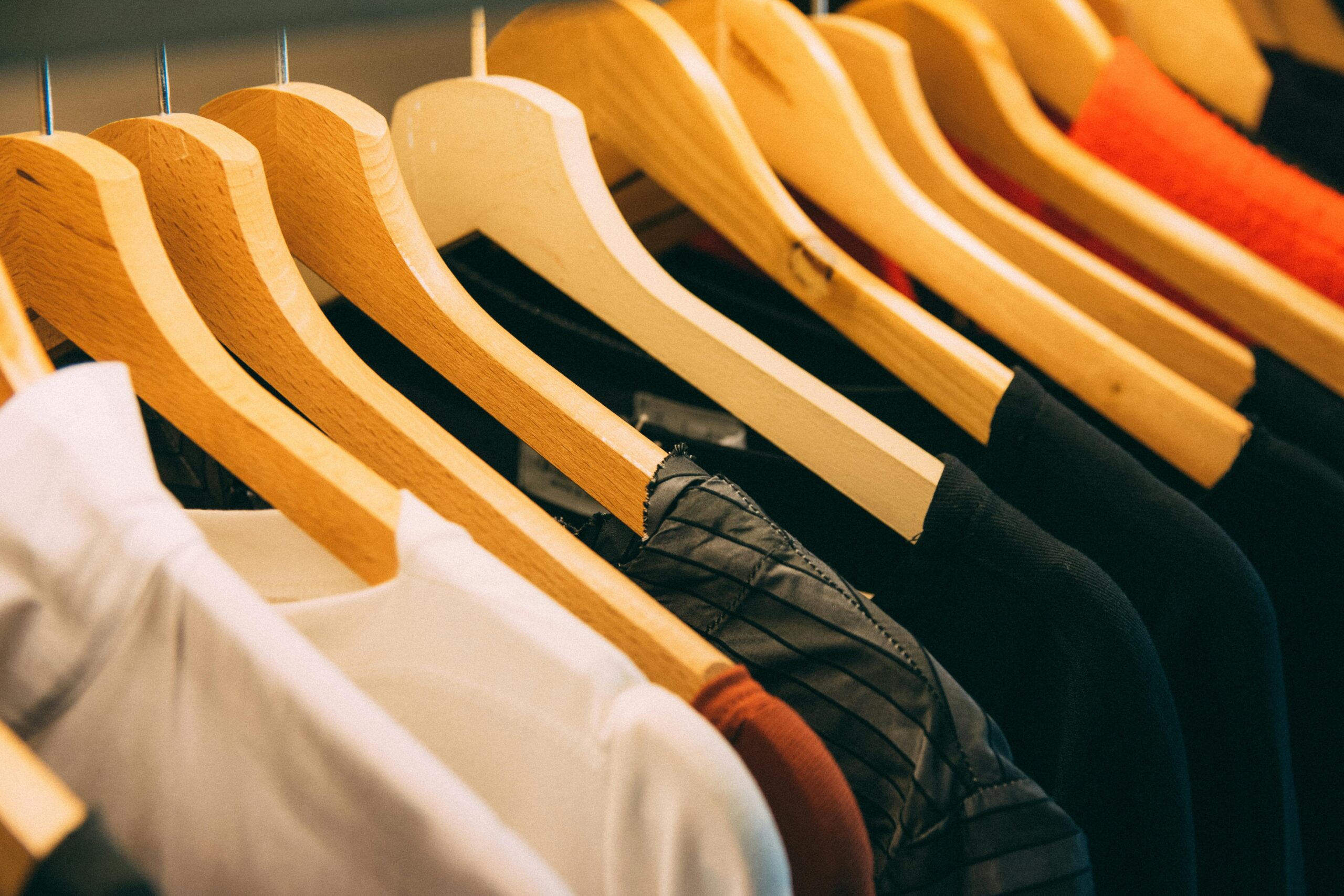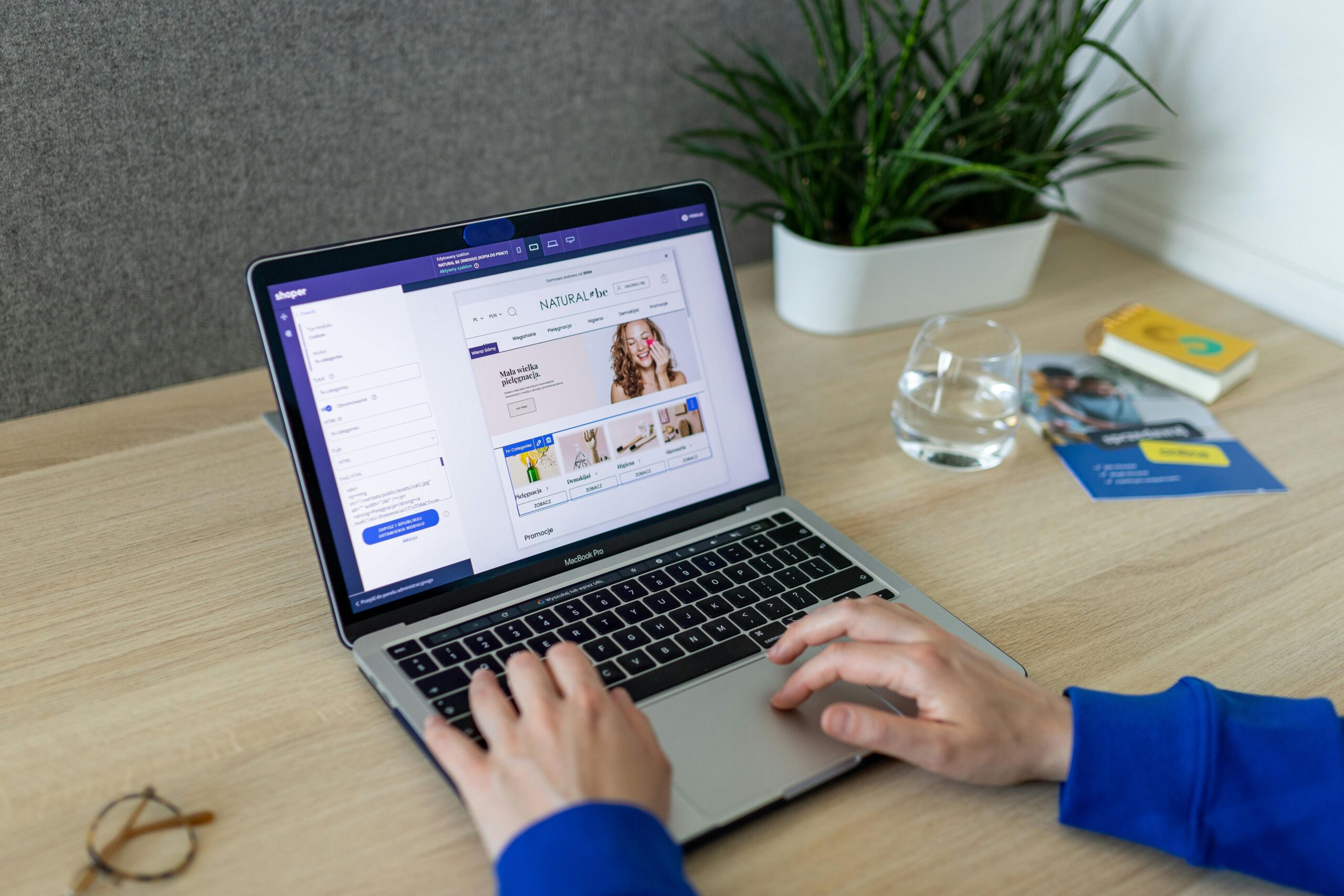Have a passion for fashion and want to turn it into a business? You’re not alone. In 2025, starting a clothing brand is more achievable than ever, thanks to digital tools, print-on-demand services, and global eCommerce platforms.
With more consumers supporting niche and purpose-driven brands, there has never been a better time to bring your unique style to the world. This guide will walk you through the 14 essential steps to start your own clothing brand from scratch—even if you have zero experience.
Step 1: Define Your Brand Identity
Your brand identity is the heart of your business. To stand out, you need to:
- Choose your niche: Streetwear, luxury, activewear, sustainable fashion, kidswear, etc.
- Know your audience: Who are they? What do they value?
- Build your mission: What makes your brand different?
Example: A sustainable activewear brand targeting eco-conscious Gen Z shoppers who care about fitness and the planet.
Step 2: Research Your Market
Before investing time or money, you need to understand the space you’re entering:
- Analyze competitors: What are they doing right (and wrong)?
- Study trends: Use Google Trends, Statista, and fashion blogs.
- Identify gaps: What are shoppers missing that your brand can provide?
Graph: Fashion industry revenue growth and consumer trend data from 2020 to 2025.
Step 3: Create a Business Plan
Your business plan keeps your vision focused. Include:
- Goals (short and long-term)
- Startup costs (design, samples, website, marketing)
- Legal structure: Sole proprietor, partnership, or LLC?
- Break-even point and growth strategy
Step 4: Design Your Clothing Line
Now the fun begins! Whether you’re designing yourself or hiring a designer:
- Create rough sketches or mood boards
- Choose fabrics, cuts, and colors
- Keep customer lifestyle and pricing in mind
🎨 Use tools like Adobe Illustrator, Canva, or even Figma to start.
Step 5: Choose Your Clothing Brand Name
- Choose a name that reflects your style and values
- Check domain availability
- Verify trademark status using sites like USPTO or WIPO
📌 Keep it short, easy to spell, and memorable.
Step 6: Develop a Logo and Visual Identity
A strong brand image includes:
- A unique logo (use Looka, Canva, or a designer)
- Color palette and font choices that stay consistent
- Brand guidelines for packaging and social media
💡 Consistency builds recognition and trust.
Step 7: Source Your Materials and Suppliers
You can choose:
- Local manufacturers (faster, higher quality)
- Overseas suppliers (cheaper, higher MOQs)
Request samples and check for:
- Fabric quality
- Ethical practices
- Minimum order quantities (MOQs)
🌿 Consider suppliers that offer eco-friendly or recycled materials.
Step 8: Create Tech Packs or Product Specs
A tech pack is a blueprint for manufacturers that includes:
- Measurements and sizing
- Fabric types
- Stitching and construction details
- Artwork or embroidery placements
📁 Use templates or hire freelancers on Upwork or Fiverr.
Step 9: Set Pricing and Build Profit Margins
Understand your cost per unit (CPU) and apply markups:
- CPU + Packaging + Shipping + Marketing = Cost
- Use a 2x or 3x markup to build a healthy profit
📊 Include buffer for seasonal discounts, returns, and influencer deals.
Step 10: Choose a Selling Platform
Your options include:
- Shopify: Best for full control
- Etsy: Great for handmade or small-batch items
- Amazon: Massive audience, but higher fees
- Instagram/TikTok Shop: Sell directly through social
📦 Use a DTC (direct-to-consumer) approach to control brand experience.
Step 11: Build Your Online Store
Your online store should reflect your brand. Steps:
- Pick a theme that suits your aesthetic
- Add product photos, descriptions, and size guides
- Enable secure checkout, shipping, and return options
Step 12: Launch a Marketing Strategy
Marketing is key to getting your first sale:
- Build Instagram and TikTok presence
- Collaborate with micro-influencers
- Run email campaigns and giveaways
📈 Focus on brand storytelling and customer engagement.
Step 13: Launch Your Clothing Brand
- Set a launch date and create hype
- Use a countdown timer or teaser posts
- Offer launch-day discounts or limited drops
🔍 Test your site, run a few fake orders, and check mobile responsiveness.
Step 14: Analyze, Adjust, and Scale
After launch:
- Use Google Analytics, Shopify Reports, or Hotjar to analyze user behavior
- Collect customer feedback and reviews
- Prepare for your next launch or new product line
What does it cost to start a clothing brand?
Starting a clothing brand can cost anywhere from $500 to $50,000+, depending on your goals, scale, and business model.
Things That Impact Cost:
- Type of product: T-shirts are cheaper than jackets or denim.
- Quantity ordered: Higher quantity = lower unit cost, but more cash up front.
- Customization level: Print-on-demand vs full cut-and-sew.
- Marketing strategy: Organic growth vs paid ads/influencers.
Should you start a clothing business?
Starting a clothing business can be a great move—but only if it fits your goals, skills, and resources. Here’s a balanced breakdown to help you decide:
- Creative Freedom: You get to build a brand around your ideas, values, or style.
- Low Barrier to Entry (with Print-on-Demand): You can start small without needing to invest thousands in inventory.
- Scalability: If your designs resonate with people, you can scale through social media, influencers, or your own ecommerce site.
- Passion for Fashion: If you love design, trends, or storytelling through clothing, this could be your ideal creative outlet.
- Niche Opportunities: Targeting specific communities (e.g., streetwear, sustainability, crypto, anime, etc.) lets you stand out.
Many successful brands began with just one product or even one shirt design. If you’re unsure, start lean with print-on-demand or limited drops and test your market before going all-in.
Bonus Tips for 2025 Fashion Entrepreneurs
- Embrace sustainable materials and transparent supply chains
- Explore AR fitting rooms and virtual try-ons
- Use AI tools for trend forecasting and personalization
- Build a community, not just a customer base
- Use short-form video for viral marketing (Reels, TikToks)
Conclusion
Starting a clothing brand in 2025 is more doable than ever. With the right plan, creativity, and digital tools, you can go from idea to launch in just a few months.
FAQs
How much does it cost to start a clothing brand in 2025?
You can start with as little as $500 using print-on-demand, or invest $5,000+ for full production.
Do I need to be a fashion designer to start a brand?
No. Many founders hire designers or use tools to bring their ideas to life.
How do I find a manufacturer for my clothing?
Use sites like Alibaba, MakersRow, or attend trade shows to connect with manufacturers.
What platform is best for launching my store?
Shopify is ideal for full control. Etsy works well for handmade items. Social commerce is rising fast too.
Can I start a clothing brand with no inventory?
Yes, with print-on-demand services like Printful or SPOD, you only print items when you make a sale.
Is it still profitable to start a clothing brand in 2025?
Yes, starting a clothing brand in 2025 can still be highly profitable, but it depends on several key factors—especially how well you define your niche, connect with your target audience, and manage costs.
Do I need a license to start a clothing brand?
You don’t always need a license to start a clothing brand, but there are some important basics you should know to stay legal and protect your business.
Disclaimer
This guide is for informational purposes only. It does not constitute legal, financial, or business advice. Always consult a licensed expert before starting your business.



